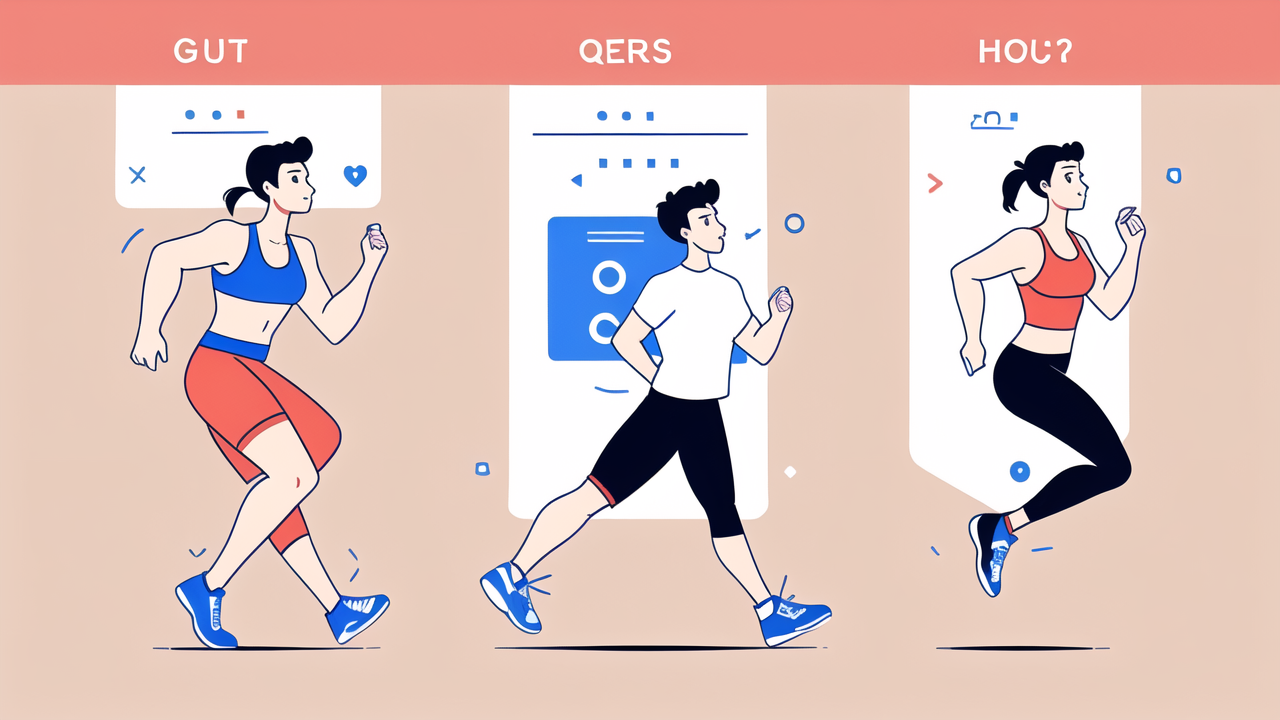Exploring the Impact of Sports Watches on Training Regimens
Understanding Heart Rate Variability for Enhanced Training
Sports watches have revolutionized the way athletes monitor their heart rate variability (HRV). HRV is a key indicator of your body's readiness to train. It measures the time between each heartbeat.

A higher HRV often means you're well-rested and ready for intense training. A lower HRV might signal that you need more recovery time. Sports watches can track this data over time, helping you make smarter training choices.
By understanding your HRV, you can avoid overtraining and reduce injury risk. It allows for more personalized and effective workouts. This feature has become a game-changer for both amateur and professional athletes.
The Use of GPS Technology to Optimize Running Performance
GPS technology in sports watches has transformed how runners train and compete. These devices can accurately track distance, pace, and route. This data helps runners set realistic goals and measure their progress.
Many watches now offer advanced features like real-time pace tracking and route guidance. Runners can analyze their performance post-run, looking at splits and elevation changes. This information helps identify areas for improvement.
GPS data can also be used to plan future routes and set pace targets for races. It's like having a personal coach on your wrist, guiding you to better performance with each run.
How Smart Watches Integrate With Popular Training Apps
The integration of sports watches with training apps has created a powerful ecosystem for athletes. Most modern sports watches can sync with apps like Strava, MyFitnessPal, and Nike Run Club.
This integration allows for seamless data transfer and analysis. You can easily track your workouts, nutrition, and recovery all in one place. Many apps offer social features, letting you share achievements and compete with friends.
Some watches even allow you to download training plans directly to your device. This feature helps you stay on track with your fitness goals. The combination of watch data and app analysis provides a comprehensive view of your athletic journey.
The Evolution of Sports Watch Features in the United States
Advanced Metrics: From Basic Timing to In-depth Analysis
Sports watches in the US have come a long way from simple stopwatches. Today's devices offer a wealth of advanced metrics. These include VO2 max estimates, recovery time recommendations, and stress levels.

Many watches now use optical sensors to measure blood oxygen levels. This data can be crucial for altitude training and overall fitness assessment. Some devices even offer running dynamics, analyzing your form and suggesting improvements.
The evolution of these metrics has made sports watches invaluable tools for athletes. They provide insights that were once only available in lab settings. This data empowers athletes to make informed decisions about their training and recovery.
Battery Life and Durability in Extreme Sports Conditions
As sports watches have gained more features, manufacturers have focused on improving battery life. Many modern watches can last for days or even weeks on a single charge. This is crucial for endurance athletes and those training in remote areas.
Durability has also been a key area of improvement. Today's sports watches are built to withstand extreme conditions. They're water-resistant, shock-proof, and can operate in a wide range of temperatures.
Some watches are specifically designed for activities like diving or mountaineering. These specialized devices can withstand high pressures and extreme temperatures. The focus on durability ensures that athletes can rely on their watches in any situation.
The Future of Connectivity and Data Synching
The future of sports watches lies in improved connectivity and data syncing. Many watches now offer Bluetooth and Wi-Fi capabilities. This allows for real-time data transfer and updates without needing a phone.
Some watches are starting to incorporate cellular connectivity. This means you can make calls or send messages directly from your wrist. It's particularly useful for safety during solo training sessions.
Cloud-based data storage is becoming the norm. This allows for seamless syncing across multiple devices. You can start a workout on your watch and analyze it later on your computer or tablet.
Selecting the Right Sports Watch for Your Sport
Analyzing Top Sports Watches Across Various Sports
Choosing the right sports watch depends on your specific needs and activities. For runners, GPS accuracy and pace tracking are crucial. Swimmers need water resistance and stroke counting features.

Triathletes might prefer multi-sport watches with quick transition options. Cyclists often look for power meter compatibility and advanced navigation features. Golfers can benefit from watches with course maps and shot tracking.
Here's a quick overview of top sports watches for different activities:
- Running: Garmin Forerunner series, Apple Watch
- Swimming: Garmin Swim 2, FORM Swim Goggles
- Cycling: Wahoo ELEMNT RIVAL, Garmin Edge series
- Triathlon: Garmin Fenix series, Polar Vantage V2
- Golf: Garmin Approach series, TAG Heuer Connected Golf Edition
Customization Options for Diversified User Needs
Modern sports watches offer a high degree of customization. This allows users to tailor their device to their specific needs. Many watches let you create custom workouts and training plans.
You can often customize the data fields displayed during activities. This ensures you see the most relevant information at a glance. Some watches allow you to create custom sport modes for niche activities.
App ecosystems expand customization options further. You can often download additional watch faces and widgets. This lets you personalize both the look and functionality of your device.
The Importance of User-Friendly Interfaces in Sports Watches
A user-friendly interface is crucial for any sports watch. It should be easy to start and stop activities, even with sweaty hands. Navigation through menus and settings should be intuitive.
Many modern watches feature touchscreens for easy interaction. However, button controls are still important for use during activities. The best watches strike a balance between touch and physical controls.
Clear, readable displays are essential, especially in bright sunlight. Many watches now use always-on displays for easy viewing. The ability to customize data screens helps ensure you see the information you need at a glance.
In conclusion, sports watches have become powerful tools for athletes. They provide valuable insights, track progress, and help optimize training. With continued advancements, these devices will play an even bigger role in unlocking athletic potential.




Leave a comment
This site is protected by hCaptcha and the hCaptcha Privacy Policy and Terms of Service apply.